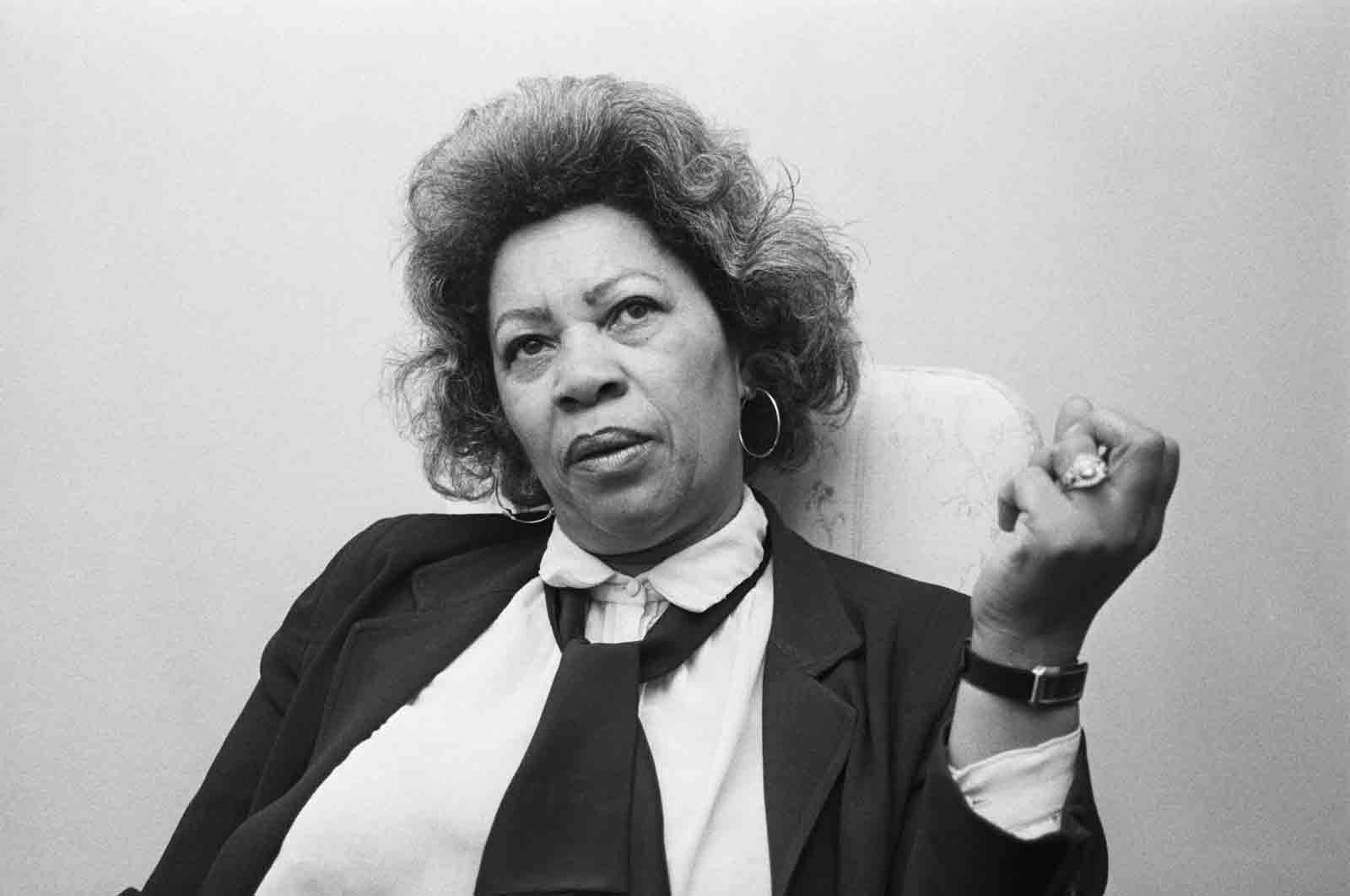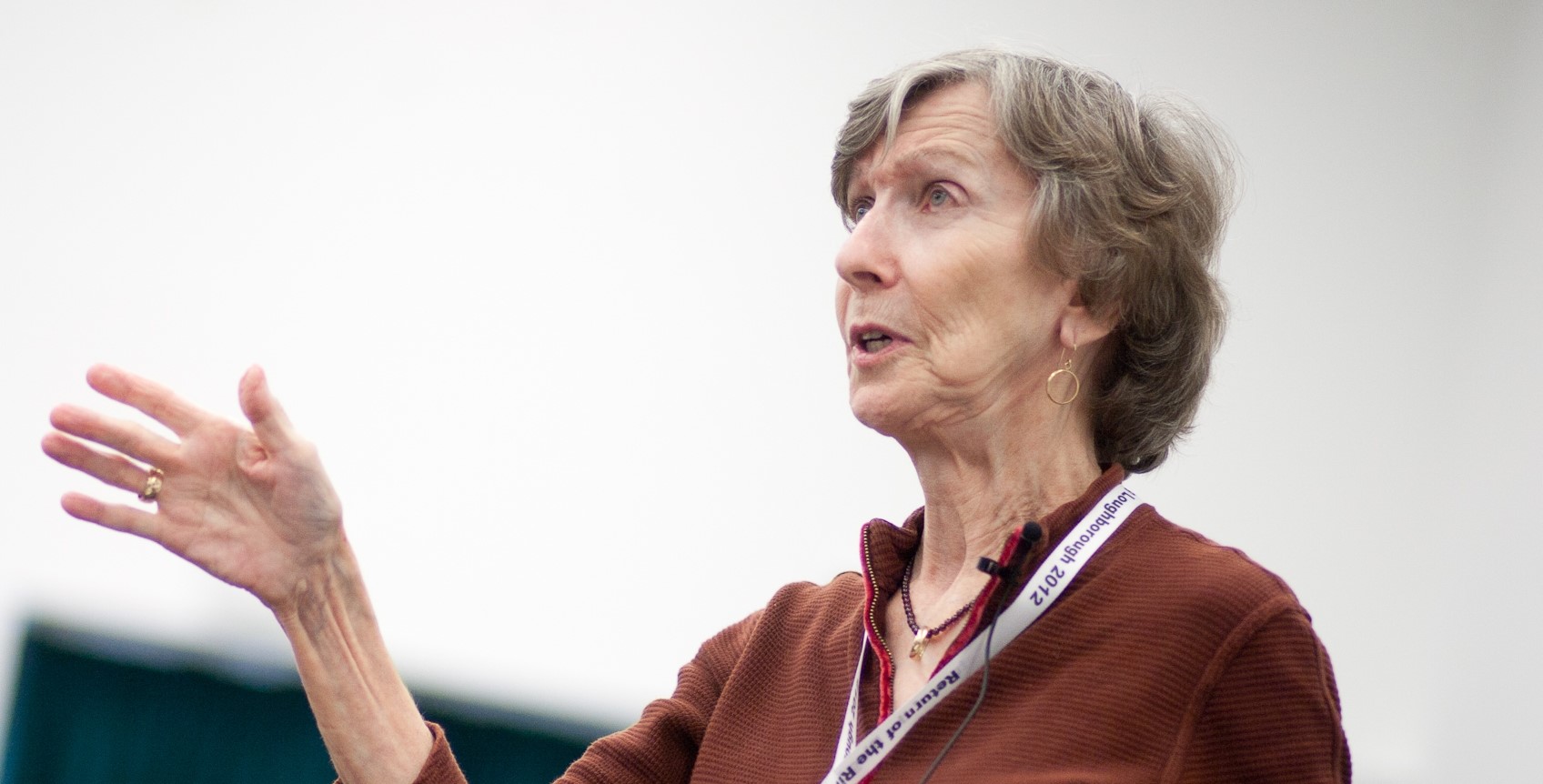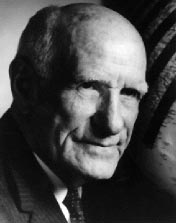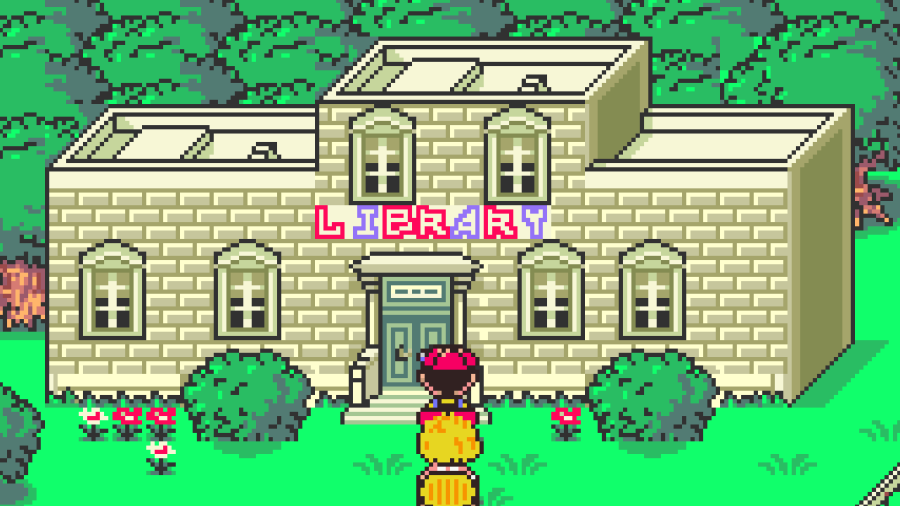Cultivating Genius: An Equity Framework for Culturally and Historically Responsive Literacy, by Gholdy Muhammad, arrives with the force of momentum. It carries a freight of enormous expectations, gracefully secured in just under a couple hundred pages, and largely delivers on its promise. The foreword from Bettina L. Love, professor at UGA, does not overstate matters in placing Gholdy Muhammad "in the tradition of Ella Baker, Ida B. Wells, bell hooks, Gloria Anzaldua, Angela Davis, and Cherrie Moraga" (6). The regard is mutual: Muhammad cites Love's work on Abolitionist Teaching in the context of teacher preparation programs' and curricular mandates' tendency to isolate, rather than ground themselves on, "Black and Brown excellence" (40). In the following notes, let's lay out the author's own language and passages from history and fellow researchers she cites in order to see how a more robust and rooted educational regime might take hold. If we are attentive, though, to the argument, we'll see that our critical response is called for, and so from time to time we'll make bold to offer some interpretations and remarks of our own. But mainly we are here to listen and to learn; adequately contextualizing all the highlights of the book would be at least a course in itself.
Each chapter opens with a quote from one of the Literacy Societies Muhammad researches, making her doctoral-level work accessible to a wider, less specialized audience. For chapter 1, the author is James Forten, stating in his address to the American Moral Reform Society, Aug 17, 1837: "I conceive our Literary Institutions to have the power of doing. It seems to me, then, that the main object is to accomplish an intellectual and moral reformation. And I know of but few better ways to effect this than by reading..." (8). Later in the chapter Muhammad brings in Alexander Crummel's 1897 The Attitude of the American Mind Toward the Negro Intellect: "For the first time in the history of this nation the colored people of America have undertaken the difficult task, of stimulating and fostering the genius of their race as a distinct and definite purpose..." (14). Mary Church Terrell and "an anonymous sister author" exhort women of color along the same lines, and Prince Sunders connects the movement for literacy and moral upbuilding with the "many [who], in different periods, by cultivating the arts and sciences, have contributed to human happiness and improvement, by that invincible zeal of moral virtue and intellectual excellence..." (14-15). For Muhammad, we as teachers and students are indeed part of this process and should carry it forward: "The culturally and historically responsive literacy framework I offer serves to reorient literacy to our students' lives and asks educators to implement an equity framework that aligns with and accounts for our rich history and exalted literacy legacy" (15).
Besides historical archives, Muhammad "relied on the writings of prominent scholars Dorothy B. Porter (1936) and Elizabeth McHenry (2002)" for context on the literary societies inspiring her emulation (20). She bemoans the fact that "rarely do teacher candidates study the educational theories of W. E. B. Du Bois, Anna Julia Cooper, Prince Saunders, Ella Baker, or Carter G. Woodson (to name a few)" (22). One more contemporary scholar, "Alfred Tatum (2009) describes enabling texts as texts that move beyond a solely cognitive focus such as skill and strategy development, but also have sociopolitical and sociocultural influences" (29). To help round out her theoretical toolkit, Muhammad refers us to Gloria Ladson-Billings, who "defined culturally relevant education as a 'theoretical model that not only addresses student achievement, but also helps students to accept and affirm their cultural identity while developing critical perspectives that challenge inequities that schools (and other institutions) perpetuate' (1995, p. 469)" (39). Muhammad reminds us, lest we get too caught up in all these authors, "even those who struggle to read print become very skilled at reading people" (41).
Continuing her groundwork, she cites Geneva Gay, who "defines culturally responsive teaching as 'using the cultural characteristics, experiences, and perspectives of ethnically diverse students as conduits for teaching them more effectively' (Gay, 2002). Her premise rests on the philosophy that teachers can't teach until they deeply know and understand cultural and ethnic ways of knowing and being, and this includes the tools, protocols, values, traditions, and ways of living of the students they teach" (45). Questions for getting at this knowledge are offered on p. 51, including "What are the histories of my students' schooling/school experiences?" and "How were literacy and language cultivated historically with their families and ancestors?"
To illustrate the need for students to "see themselves in their learning," Muhammad points out, "when I work with teachers, I often take multiple pictures of them in small groups and project them on a large screen. Their eyes invariably go directly to their own faces. They look to find themselves. I believe students do the same in classrooms" (69). She asks herself, "How would I teach a young Ella Baker in my class given her identities? How would my instruction honor her psyche?" To better know students, she suggests another list of questions, including "Who are you? Do you know who you are?" and "If you could take me somewhere to help me understand your culture/ethnicity, where would you take me?" (72). Similarly, she has her student-teachers pair up and "take one-minute turns asking each other the question 'Who are you?' They ask this repeatedly, and each time, the other person must answer differently" (73). To frame the centrality of identity another way, the cites Martin Luther King Jr.'s talk to students in which he asks them, "What is your life's blueprint?" (78). She goes on to suggest ways to teach this across subject areas, from personal narratives in English to DNA in science, measurement and scale in science, and "the history of America's blueprint and who built this country" (79)--a fascinating and complex project.
With emphatic italics, Muhammad puts her finger on the problem that "there is not enough historicizing of knowledge across the content areas. To historicize means to connect a topic to history or to represent it as historical. I often suggest to teachers that they teach the history and meaning of their discipline during the first days of school...'What does mathematics mean?' I asked this question once to a large group of high school math teachers, and no one knew, but they all saw the importance..." (101; and restated in the questions at the end of the chapter: "Whose intellectual histories do you teach?...What is the meaning and history of the disciple you teach...Why is arts coupled with the word language? Why is social coupled with studies?" 115). For "creating an intellectual culture," she poses questions such as "Who is represented (and not represented) on the school and classroom walls?" and "How are students welcomed each day? Do we speak to students as if they are our respected co-intellectuals?" (108-9).
Chapter 6 introduces the "concept of 'criticality'--reading print texts and contexts with an understanding of how power, anti-oppression, and equity operates throughout society. Criticality enables us to question both the world and texts within it to better understand the truth in history, power, and equity" (117). With respect to her own identity, she goes on, "I also explain criticality through a poem, written in the year 1258, in which humanness was expressed in a few simple lines. Written by the Persian poet Sa'di, the prose poem called The Gulistan of Sa'di is especially dear to me...The 'Ghul' sound...is reflected in my name and means 'the rose garden'" (117). In her discussion of the passage, she concludes, "Sa'di pushes us to ask ourselves, 'What does it mean to be human? What is personal responsibility in the face of human violence and oppression? What do humanizing practices look like in and outside of the classroom?'" (118).
In his "West India Emancipation" speech (1857), Frederick Douglass famously declares, "Power concedes nothing without a demand," and Muhammad borrows from his themes of "resistance and agitation" in her demand for a richer literacy curriculum (125). The language of "agitation" comes up again in Ida B. Wells-Barnett's letter of Jan 1, 1902 to the Anti-Lynching Bureau, cited as another example of how Black writers have "enacted literacies to define their identities, resist oppression, and to promote social change" (126). She recurs to a list of "demands of Black students from 1969," cited earlier in her sketch of the genealogy of culturally relevant education in "scholarship from authors such as Anna Julia Cooper, Mary McLeod Bethune, Carter G. Woodson, and W.E.B. Du Bois (43), to ask, "Have we listened? Have we moved toward their suggested changes? And whose best interest has education served from 1969 to today?" (130). Muhammad engages in such scholarship and encourages the practice of writing such critical open letters. To this she juxtaposes a letter from 1833, by Samuel E. Cornish, in which he "argues for the urgent establishment of schools, literary societies, and libraries to counter the neglect of Black people" (131). Whether from the 1830's or 1960's, brought to the fore as here by Muhammad or marginalized in the academy, the call of these open letters has all too contemporary a ring.
Hearkening back to the work of William Whipper and the founders of The Library Company of Colored Persons, the Reading Room Society, and the Banneker Literary Institute, Muhammad calls for similar spaces stocked with "useful books" and Black newspapers, which ran "informational pieces...articles, sermons, and reprinted public addresses" along with "poems and broadsides by poets such as William Cullen Bryant and Phillis Wheatley" (143). She cites "Forget Me Not," by F. G. Halleck (cf. The Bluest Eye, by Toni Morrison), and quotes entire "On the Poetic Muse," by George Moses Horton, as examples of how "the texts nurtured various identities while at the same time assisting readers to engage in literary pursuits" (145).
By Muhammad's persuasive account, in striving for equity along the lines traced by Black genius past and present, we're doing far more than just trying to "get it right" or our due diligence in the educational front of the culture wars. We transcend politics and inquire into the depths of difference that abide in ourselves and others.
And as the passages cited indicate, Muhammad provides practical suggestions for how to do this, if teaching this inspired can still fairly be called practical. Towards the end of the book, two of the simplest methods come in quick succession. She calls for "layered texts": "multiple short, powerful, multimodal texts," and she comes back to her mentor Alfred Tatum's 2009 "gift... his research regarding textual lineages...texts that are meaningful and significant in our lives" (147).
Without going into the details of the transition (the subject of Anna Holmes' "Inheritance" piece in The Atlantic), Muhammad concludes her book with the "dissolution of the literary societies [and] the emergence of the Brownie Stories in the early 1900s" (153). None of Du Bois' goals for the publication include "passing a state assessment or reaching a particular 'reading level' in guided reading," Muhammad notes. "So why are those central goals in schools today? Returning to Black literary and literacy history means restoring excellence that is not just excellent for children of color, but for all children. This requires us to consider the purpose of the texts and literature we chose to support our instruction, as well as the very purpose of schools. I argue that schools and texts should help students to know themselves, their beauty, brilliance, and genius. They should also know the truth and histories of other groups of people who don't look like them" (153). The italics are hers; the sentiment we can certainly share.
In the final chapter, Muhammad cites "the inaugural issue of Freedom's Journal, the first African American newspaper," arguing in line with Martin (2002) that its words "sparked the movement for literary societies... David Walker's Appeal, the development of African-centered schools, and the organization of literary societies" (156-7). The last word, though, is love, with Muhammad finding therein the point of convergence for bell hooks' and Martin Luther King, Jr.'s studies: "'This is the most precious gift true love offers--the experience of knowing we always belong' (hooks, 2001)... 'Power at its best is love implementing the demands of justice, and justice at its best is love correcting everything that stands against love'" [King, 1967] (167).
In an afterword, Maisha T. Winn, professor at UC Davis, ties in Muhammad's work with her own in History Matters and Futures Matter, towards "demonstrating how history, historiography, and historicizing our young people and their families will create and sustain futures" (171). That is no doubt true, and varieties of scholarship and prophetic poetry will still extend the work of historicism in education and in the shaping of history. We might prefer to rejoin, though, that the through-line of Cultivating Genius as we've been able to discern it and attempted at distilling it here runs in the paradoxical moment which is neither past nor future, but the ever-unconcluded time of hooks' gift of always-belonging love and King's regal trinity of power, justice, and love--it is of the present.








